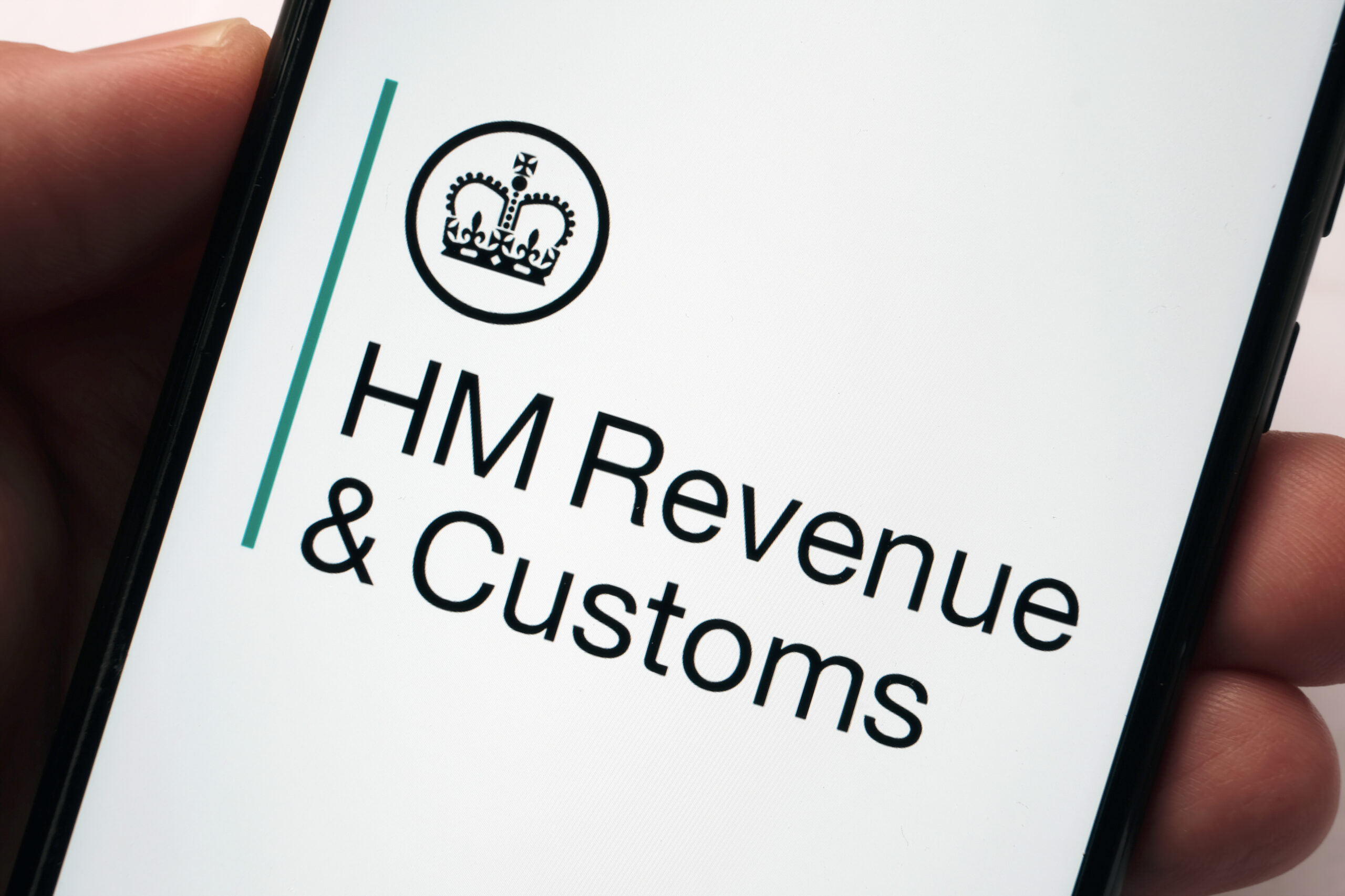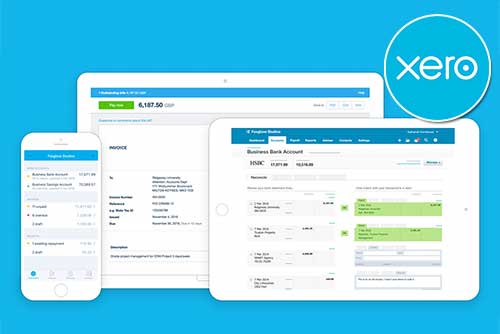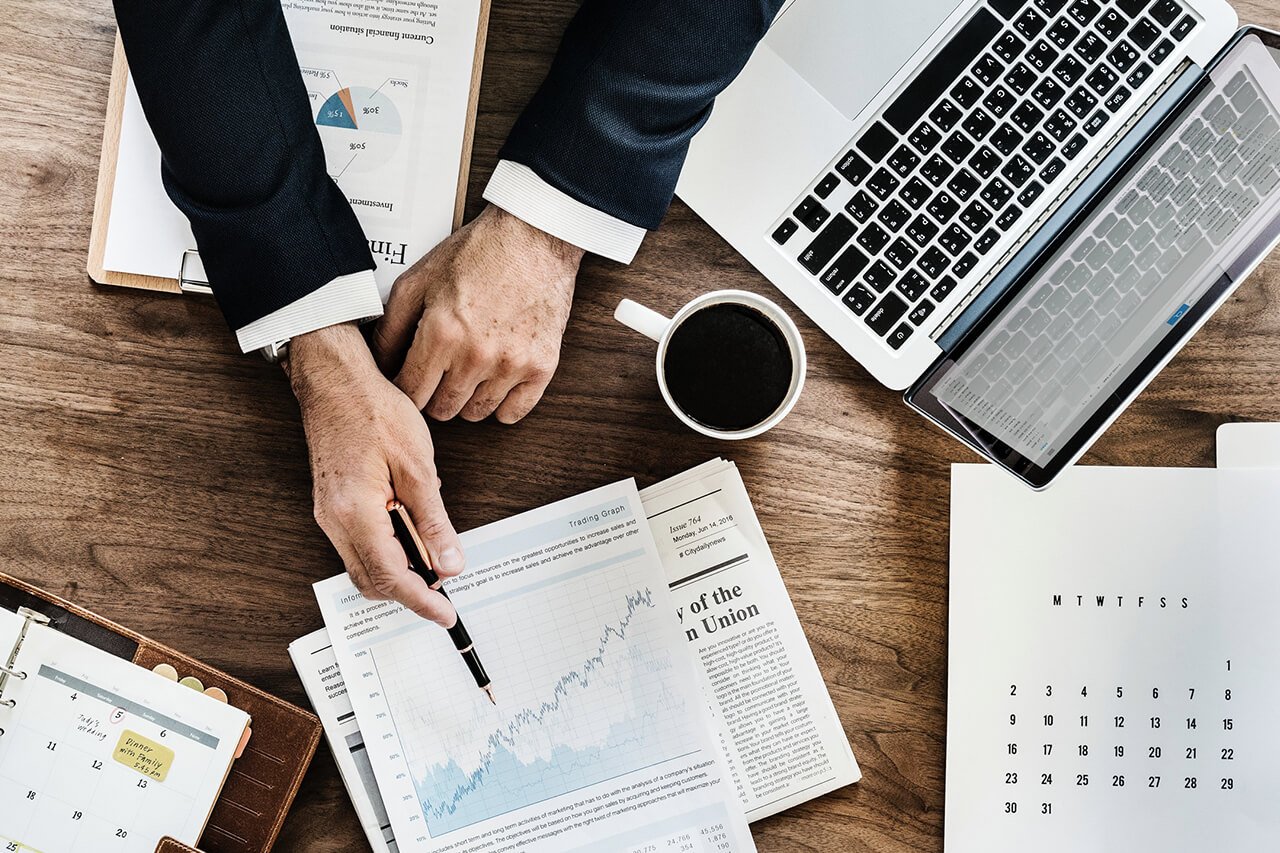Understanding Liabilities in Business
Ever wondered what exactly “liabilities” means? You’re not alone! While the term might sound daunting, understanding it is crucial for anyone navigating their financial journey. Think of liabilities as the other side of the coin from assets – they’re the financial responsibilities or debts a person or entity owes.
In this article, we’ll define the concept of liabilities and explore the different types, why they matter, and how businesses manage them.
What Are Liabilities?
In business, liabilities refer to the company’s financial obligations or debts that arise from past transactions or events, which must be settled in the future by transferring assets or providing goods or services. They encompass various items from monetary debts to the provision of goods or services, all of which are crucial in assessing the company’s financial health and solvency.
Types of Liabilities
Liabilities can be broadly categorized into two types: current liabilities and non-current liabilities.
Current Liabilities
These are debts or obligations that a business is required to pay within a year. They include accounts payable (amounts owed to suppliers), short-term loans, accrued expenses like wages or taxes, and any other payments due within the next 12 months. It’s essential for business owners to manage current liabilities carefully, as failing to meet these obligations can result in cash flow problems or damage to a company’s reputation.
Example: A retail store might owe £10,000 to suppliers for goods purchased on credit, with the payment due within 30 days. This is a current liability.
Non-Current Liabilities
Non-current liabilities are obligations that extend beyond one year. These typically include long-term loans, mortgages, bonds payable, and any other debt that doesn’t need to be settled within the next 12 months. These liabilities are important for financing business operations, especially for businesses that are investing in growth, equipment, or infrastructure.
Example: A construction company might take out a 10-year loan to purchase heavy machinery. This loan would be considered a non-current liability.
Current Liabilities
Current liabilities, often referred to as short-term liabilities, are obligations that a business is expected to settle within the span of a single accounting year.
These include:
- Bank overdrafts
- Accounts payable
- Sales taxes
- Payroll taxes
- Income taxes
- Wages
- Short-term loans
- Outstanding expenses
These are typically the costs that keep the day-to-day operations of a business running smoothly.
Non-Current Liabilities
On the other hand, non-current liabilities, also known as long-term liabilities, are financial obligations that extend beyond a year. These are not due for settlement within the accounting year.
Examples of non-current liabilities include:
- Capital leases
- Mortgage debt
- Long-term loans
- Finance leases
- Pension liabilities
- Deferred revenues and taxes
These liabilities often represent significant investments in the future growth and expansion of a business.
Difference Between Liabilities and Assets
Assets are the resources owned by a business, which can be used to generate income or provide future benefits. They can be tangible, like property and equipment, or intangible, like patents and trademarks.
On the other hand, liabilities are the financial obligations a business owes to others. These can range from short-term debts, such as accounts payable and wages, to long-term obligations, like mortgage debt. Unlike assets, liabilities do not depreciate over time. Instead, they represent a constant financial obligation that the business must fulfil.
The Relationship Between Liabilities and Company Assets
Liabilities are typically settled using the company’s assets. This means that the more liabilities your business has, the more assets it will need to cover these obligations. Conversely, if your business has more assets than liabilities, it is in a financially healthy position. This balance is reflected in the company’s balance sheet, providing a snapshot of the business’s financial position at a given point in time.
Managing Liabilities
Effectively managing liabilities can help a business maintain a healthy cash flow, ensuring it has the funds necessary to cover operational expenses and invest in its future. Some strategies businesses use to manage their liabilities include:
- Budgeting and Forecasting: Developing comprehensive budgets and financial forecasts can help businesses anticipate future cash flow needs and plan for debt repayments accordingly. For example, a real estate company might allocate a percentage of its annual profits towards paying off its mortgage debt.
- Debt Consolidation: Consolidating multiple debts into a single loan with more favourable terms, such as a lower interest rate or longer repayment period, can help businesses reduce their overall debt burden and simplify their repayment process.
- Negotiating with Creditors: Businesses can negotiate with creditors to renegotiate the terms of their debts, such as extending the repayment period or reducing the interest rate.
- Inventory Management: Efficient inventory management practices, such as implementing just-in-time inventory systems or reducing excess inventory levels, can help businesses minimise the amount of capital tied up in inventory and free up funds to cover other liabilities.
- Risk Management: Identifying and mitigating risks that could impact cash flow, such as interest rate fluctuations or currency exchange rate risk, can help businesses protect themselves against potential financial losses and ensure they have the funds necessary to cover their liabilities.
- Regular Financial Analysis: Business owners should regularly analyse their balance sheet to track liabilities and assess the business’s ability to meet its obligations. By reviewing financial statements, business owners can identify areas of concern and take corrective action.
- Debt Refinancing: If a business has too many short-term liabilities, it might consider refinancing options. For example, converting short-term loans into long-term loans can help alleviate pressure and spread out payments, improving cash flow.
- Budgeting and Forecasting: Forecasting future liabilities and planning accordingly can help prevent cash flow problems. By budgeting for both current and non-current liabilities, business owners can ensure they have the funds available to meet these obligations on time.
- Diversifying Funding Sources: Relying on a single source of financing can increase risk. By diversifying funding sources (such as loans, equity, and grants), business owners can spread their liability risks and avoid overexposure to any one type of debt.
The Importance of Understanding Liabilities
Liabilities are a fundamental concept in business accounting that every business owner should understand. In simple terms, a liability refers to any financial obligation or debt a business owes to others, whether it be suppliers, creditors, or even employees. Liabilities play a crucial role in determining the financial health of a business and understanding them can help business owners make informed decisions, manage risk, and ensure long-term sustainability.
Financial Health
Liabilities play a crucial role in determining a business’s financial health. A company’s total liabilities, when compared to its assets, gives a picture of the company’s solvency and ability to meet its obligations. Excessive liabilities, especially current liabilities, can indicate that a business is at risk of running into cash flow problems. On the other hand, manageable liabilities and the ability to pay them off on time contribute to a strong financial position.
Example: If a business has a large amount of short-term debt relative to its current assets, it may struggle to meet its obligations without borrowing more, leading to a cycle of debt.
Cash Flow Management
Business owners need to carefully manage their liabilities to ensure they maintain healthy cash flow. Without sufficient cash flow, even profitable businesses can face difficulties. Timely payment of liabilities is essential to maintain good relationships with suppliers and creditors and avoid late fees or penalties. Moreover, managing liabilities efficiently can help avoid interest charges, improving profitability.
Tax Implications
Liabilities also have tax implications. Interest paid on loans, for example, is often deductible as a business expense. By understanding liabilities, business owners can ensure they are taking advantage of any tax benefits available. However, failing to account for liabilities properly can lead to inaccurate tax filings, penalties, or missed deductions.
Risk Management
Business owners must understand their liabilities in the context of risk management. High levels of debt can expose a business to financial risk, especially if there are unforeseen changes in revenue. If the business faces an economic downturn or a drop in sales, it may struggle to pay off debts. Ensuring that liabilities are manageable and diversified can help mitigate financial risks.
Example: A business with a large amount of short-term debt might find it harder to weather an economic slowdown. In contrast, a business that maintains a balance between current and non-current liabilities has more flexibility to manage short-term challenges.
The Importance of Understanding Liabilities
Understanding liabilities is crucial for businesses as it enables them to accurately assess their financial obligations and manage their cash flow effectively, ensuring they can meet their debt obligations and maintain financial stability. By comprehending liabilities, businesses can make informed decisions about financing, investment, and risk management, ultimately contributing to their long-term success and sustainability.
Using accountants to help manage liabilities is an essential step for business owners looking to maintain financial health and ensure long-term stability. Accountants bring expertise in financial management and can help business owners understand the full scope of their liabilities, from short-term debts to long-term loans. They can assist in tracking liabilities accurately, identifying potential risks, and offering advice on how to restructure debt or manage cash flow more effectively. With their knowledge of tax laws and financial regulations, accountants can also help ensure that businesses are taking advantage of tax deductions related to interest payments and other liabilities, thus reducing the overall tax burden.
Accountants can also help businesses create strategic plans for managing and reducing liabilities over time. They can provide advice on the most effective ways to balance debt and equity, structure financing options, and recommend strategies for improving cash flow to meet liabilities. For example, an accountant might suggest refinancing options or help with budgeting to ensure that liabilities are paid off on time. By working closely with an accountant, business owners can avoid common pitfalls, such as missed payments, unnecessary debt accumulation, and tax penalties, while also gaining valuable insights into how to optimize their business’s financial structure.





















